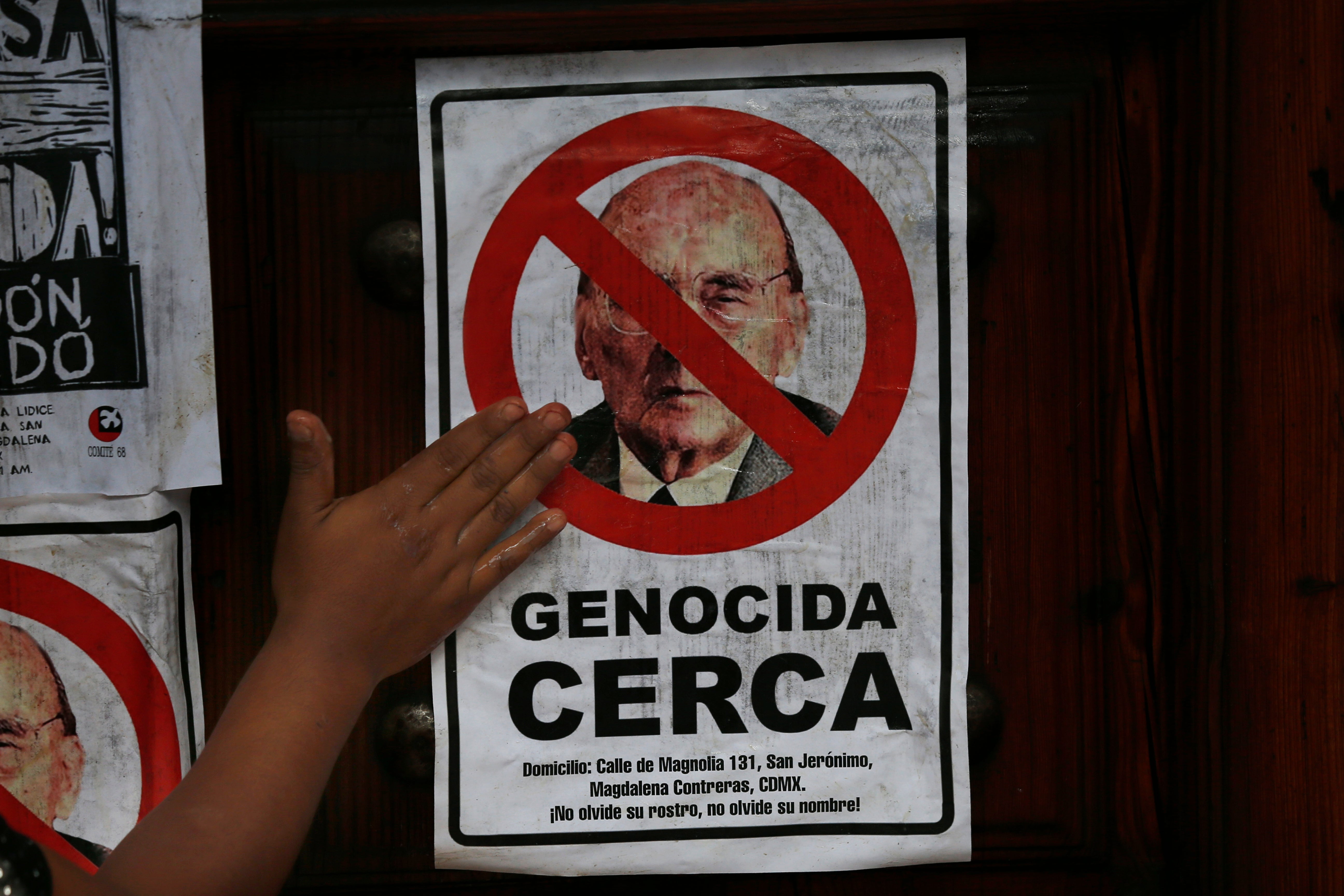Mexico marks 50th anniversary of 1971 student massacre
Mexican officials and protesters are marking the 50th anniversary of a June 10, 1971, massacre of student protesters depicted in the 2018 Oscar-winning movie “Roma.”

Your support helps us to tell the story
From reproductive rights to climate change to Big Tech, The Independent is on the ground when the story is developing. Whether it's investigating the financials of Elon Musk's pro-Trump PAC or producing our latest documentary, 'The A Word', which shines a light on the American women fighting for reproductive rights, we know how important it is to parse out the facts from the messaging.
At such a critical moment in US history, we need reporters on the ground. Your donation allows us to keep sending journalists to speak to both sides of the story.
The Independent is trusted by Americans across the entire political spectrum. And unlike many other quality news outlets, we choose not to lock Americans out of our reporting and analysis with paywalls. We believe quality journalism should be available to everyone, paid for by those who can afford it.
Your support makes all the difference.Mexican officials and protesters on Thursday marked the 50th anniversary of a June 10, 1971, massacre of student protesters that was depicted in the 2018 Oscar-winning movie “Roma ”
Demanding punishment for those involved, demonstrators marched down the same boulevard in Mexico City where students were attacked with guns and clubs by government-organized thugs 50 years ago.
Assistant Interior Secretary Alejandro Encinas vowed that the massacre, which he said killed 37 students, would not be forgotten.
“The students had a simple demand — democracy,” Encinas said at a ceremony. “It is the Mexican government's irrevocable commitment, and the will and orders of President Andrés Manuel López Obrador that these ominous events in Mexican history do not remain in silence, or be forgotten.”
The students set out from a teacher's college just west of the city center in 1971 for one of the first large-scale protests since hundreds of demonstrators were killed in a far larger massacre in 1968. They didn't get more than a few blocks before they were set upon by plainclothes thugs.
The main female characters in “Roma” are depicted as incidental witnesses to the slaughter when they go to buy baby furniture at a store near the scene. Unwittingly they run across the protagonist's sometime boyfriend, who is depicted as participating in the repression.
“Roma” won the Oscar for best foreign language film.
Despite the attention, the prospects for punishment five decades later are slim.
In July 2005, a judge exonerated Luis Echeverria, who was president from 1970 to 1976, on genocide charges stemming from the 1971 student massacre. In that case, the judge ruled that Echeverria may have been responsible for homicide, but could not be tried because the statute of limitations for that crime expired in 1985.